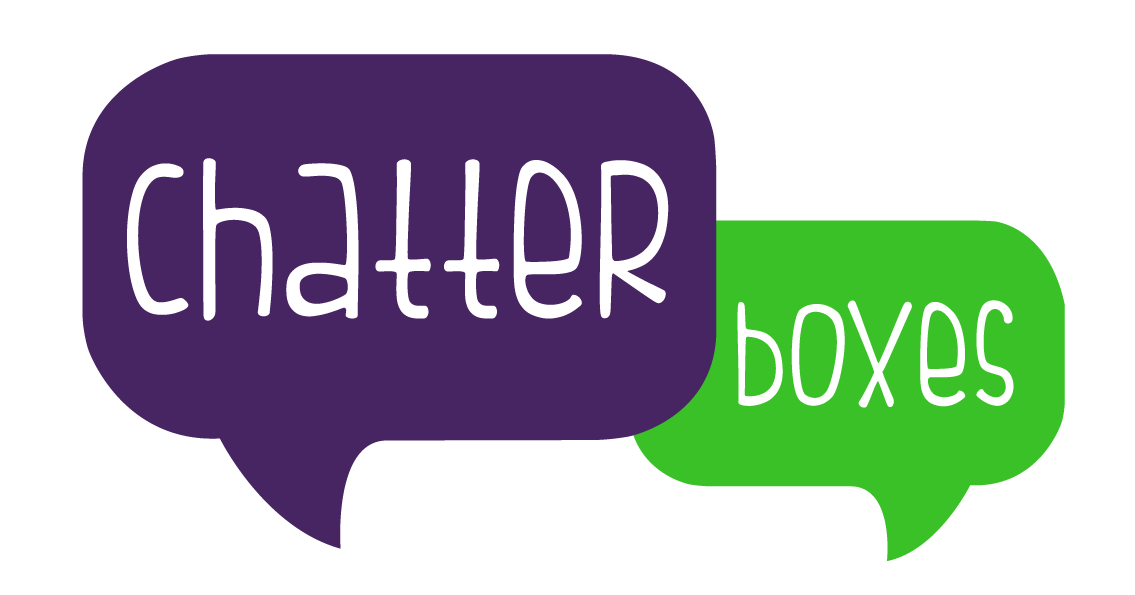As Speech and Language Therapists, we all know we should try and make therapy fun. Unfortunately, we are all under such pressures and time-constraints and so many ideas either are costly in terms of time or money. So hopefully the following ideas, may provide some inspiration of ways that you can make your therapy engaging and fun, whilst being cost-effective and not too time-consuming.
Move!
One of the best ways to make therapy fun is to get children moving. Children spend lots of their time sitting at desks and most love to run around. So how can we do this in therapy? One of my favourite things is syllable jumping. Why make a child sit and clap when they can be jumping around the room instead? Another phonological awareness activity is auditory discrimination putting the words or sounds at opposites of the room and the child running to the sound they hear. Classic speech and language therapy activities are posting or fishing activities to get the child to do something fun with our picture resources but why are we stopping at moving the picture around the table. Let’s get up and get moving, hide the pictures around the room and get the child to find them. Its quite a good way to test generalisation or their spontaneous use of the language targets as they are focused on finding it rather than the actual language target. I make children act out the words they have used using gestures. We make them as silly as possible and laugh about them together. But the next week, they can remember their action, and this cues them to remember the word they learnt and it’s meaning. Another way I like to get children moving is when teaching concepts. Why are we spending time making children put things in or under boxes when they could be doing it themselves? What child does not love to hide under the table? More importantly if the child is having fun, the activities are memorable. So many times, I have played a game at the end of the session and then the next session I have asked what we did and all they can tell me about is a game well now they will remember the fun they had running around the room doing all of your activities. Yes, there is a time for sitting down and learning but where possible, movement should definitely be used in therapy.
Use their Interests
We know we need therapy client centred and I always ensure I ask the child about their likes, what they like to do at home and what they have been you to. This has become part of my session but why have I not been using what they tell me throughout the therapy? I have unconsciously gathered so much information about a child, yet I have not been consistently using this information. It occurred to me when talking to one boy who learning about self-awareness and describing appearance and personality. Why was I asking him to describe him and his family when as a reward he asked to tell me about minions. Why was I not focusing the session on his interests? It took a second to change to describing different minions’ appearance and personalities and the characters of the film. Yes, I was not the most familiar with Dave or Bob, but I had never met his brothers or sisters that he was describing to me either. Lots of children like similar things whether this is the characters of Frozen, LOL dolls or minions so creating resources related to these things is not time consuming for one child when most children of a similar age will enjoy using these same resources as well. We can create sentences about their interests in different tenses, we can use characters for pronouns, or we can sort into initial sounds.
Be Competitive!
I myself am an extremely competitive person and when struggling to engage two secondary boys in therapy, I made it competitive. Suddenly, they were hooked. They were so desperate to beat the other that they were fully engaged in their learning and the tasks. Each activity was a new round. A new chance to gain some points and beat the other one. But can we only use this strategy in groups? No. It initially sounds unfair, but they can compete against us or their parents. Board games for example are completely down to chance. Why not make them make sentences on every turn of the board game? There is opportunity for the adult to model and a chance for the child to have a turn. Competition is a free and easy tool to support engagement. It does not suit every child but lots of children thrive off a bit of competition.
Hopefully, these three simple ideas can support you to make your therapy even more fun and engaging. We would love you to share any ideas you have with us!
Check out Our Resources for ideas and activities to use in your therapy sessions.
